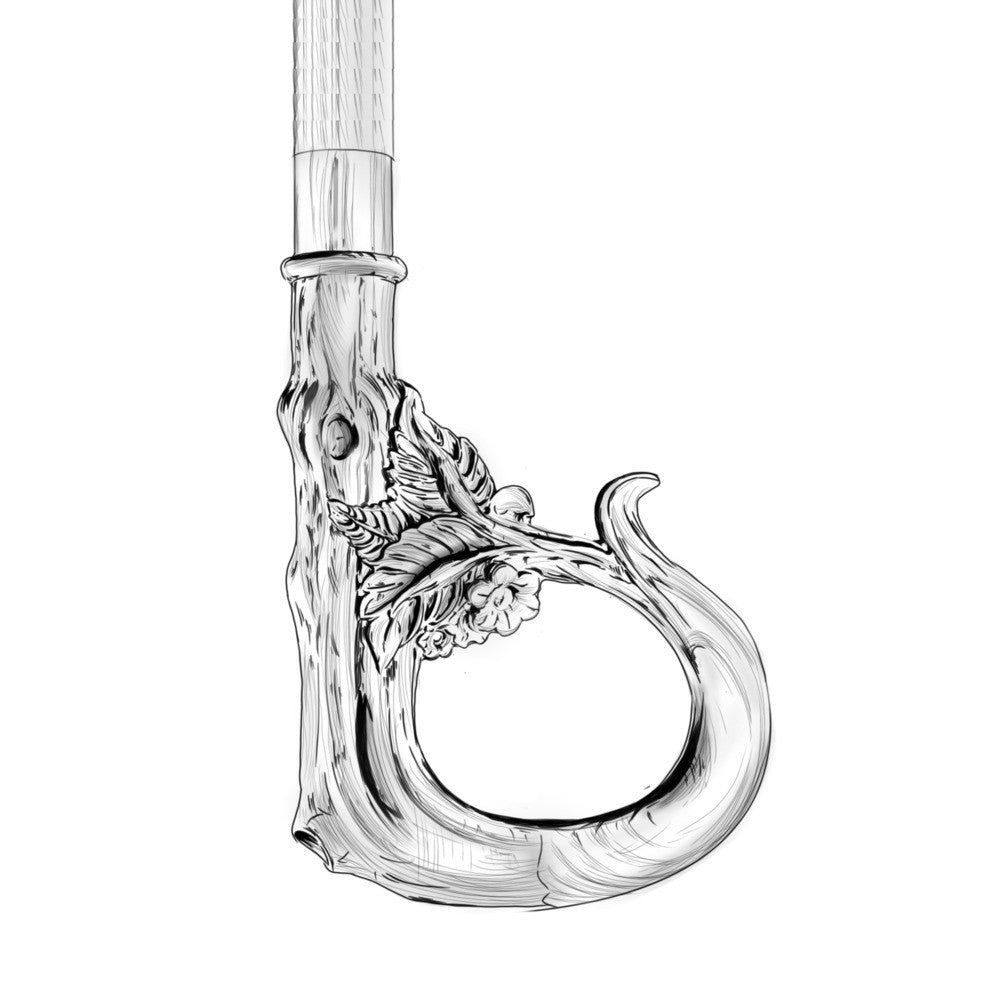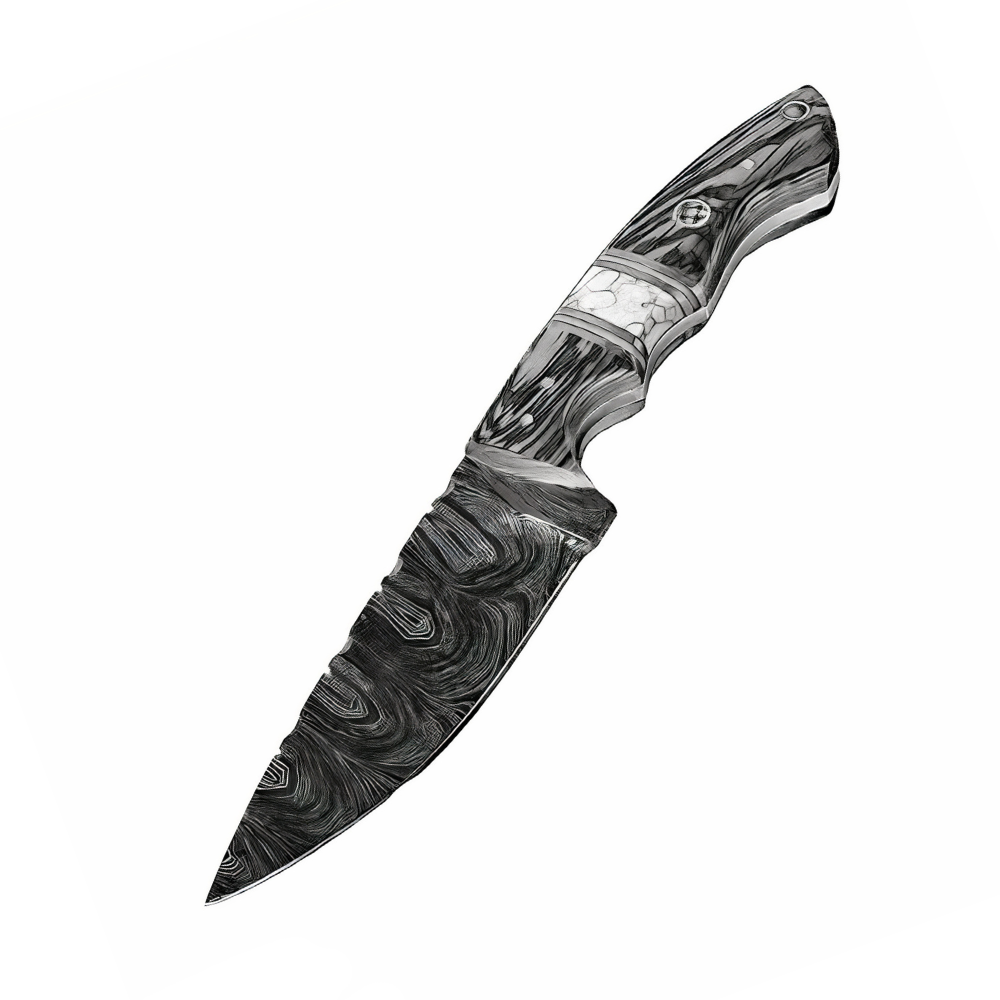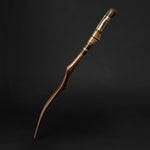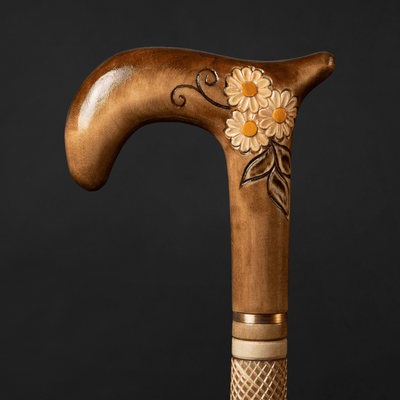You have no items in your shopping cart.
Recent Posts
-
The Art of Christmas Design: Walking Canes That Celebrate the Season in Style
-
How an Ergonomic Walking Cane Handle Prevents Hand and Wrist Strain?
-
How to Walk With a Cane Correctly to Avoid Back or Shoulder Strain?
-
5 Common Mistakes People Make When Buying a Walking Cane (and How to Avoid Them)
-
How to Choose a Walking Cane That Reflects Your Personality (Not Just Your Needs)?
-
Walking Canes That Match Formalwear for Weddings and Events
MOST POPULAR NOW
04
Feb
Walking canes play a pivotal role in the realm of rehabilitation and physical therapy, providing indispensable support and aiding individuals in regaining their mobility. In this comprehensive exploration, we delve into the multifaceted benefits of using walking canes and how they contribute significantly to the rehabilitation process.
The role of walking canes in rehabilitation and physical therapy
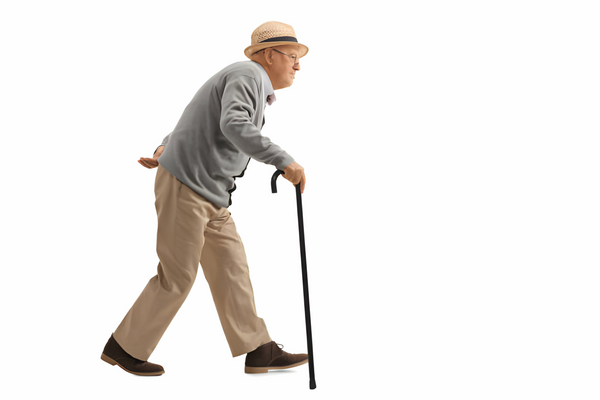
Understanding the importance of walking canes
Walking canes serve as reliable tools to enhance stability and balance for individuals undergoing rehabilitation. Whether recuperating from surgery or managing a chronic condition, the ergonomic design of these canes facilitates a smoother walking experience, reducing the risk of falls and injuries.
One of the key advantages lies in the distribution of body weight. Walking canes help distribute weight more evenly across the body, thereby alleviating strain on joints, especially in cases of knee or hip issues. This feature is crucial for those recovering from surgeries or dealing with arthritis.
The role of walking canes in physical therapy
Physical therapy often involves a gradual progression of exercises to rebuild strength and flexibility. Walking canes offer a progressive means of support, allowing patients to steadily advance in their physical therapy routines. This adaptability is vital for tailoring rehabilitation programs to individual needs.
Utilizing a walking cane promotes targeted muscle engagement. The act of gripping and using the cane encourages the activation of muscles in the arms, shoulders, and core, providing an overall workout during the rehabilitation process.
Types of walking canes for rehabilitation
Adjustable walking canes stand out as a versatile option, catering to the specific needs of each user. The customizable height ensures optimal comfort, aligning the cane precisely with the individual's anatomy and promoting an ergonomic walking posture.
In cases where individuals require additional stability, quad canes offer a sturdy solution. With a broader base, quad canes provide enhanced support and balance, making them particularly beneficial for those with more severe mobility challenges.
Overcoming challenges with walking canes
While the practical benefits of walking canes are undeniable, individuals may face psychological barriers in accepting the need for assistance. It is essential to address and overcome societal stigmas associated with using walking canes, promoting a positive perspective on embracing these valuable tools for rehabilitation.
Conclusion
In conclusion, the role of walking canes in rehabilitation and physical therapy cannot be overstated. Their multifunctional benefits, including stability enhancement, weight distribution, and targeted muscle engagement, make them indispensable tools in the journey towards regaining mobility. By understanding the nuances of walking cane usage and addressing potential challenges, individuals can optimize their rehabilitation experience.
Also Purchased
-
Beige Walking Cane for Ladies Chamomile Flower, Wooden Walking Stick
Introducing our beautiful Beige Walking Cane for Ladies with Chamomile Flower, a Wooden Walking Stick that is hand carved and handmade, making it both pretty and unique. This walking cane...$79.50 -
Exotic Burl Wood Walking Cane – Fashionable Artisan Stick
A sculptural statement in deep, oceanic blue — this walking cane is more than a support accessory, it's wearable art. Meticulously hand-shaped from stabilized burl wood, the handle evokes the...$425.00 -
ArtWalkingSticks™ MAGIC Walking Cane, Handmade - Make to Order
This piece of art is created for those who value details. We make one of a kind, handcrafted wood and resin canes. Our Wooden Canes are completely unmatched in creativity....$430.00 -
Umbrella with Eagle Handle, Fashion Umbrella For Men
Make a bold and fashionable statement with our Umbrella with Eagle Handle - a unique and functional accessory designed for men. The striking eagle handle is the highlight of this...$325.00 -
Fashionable Lion Shoehorn Long Handle, Pearly Brown Shaft, Handmade
Introducing our Fashionable Lion Shoehorn, a handcrafted, long-handled shoe horn with a pearly brown shaft that's both stylish and practical. The intricate Lion design adds a touch of elegance to...$240.00 -
ArtWalkingSticks™ MAGIC Red Walking Cane - Unisex, Handmade
This piece of art is created for those who value details. We make one of a kind, handcrafted wood and resin canes. Our Wooden Canes are completely unmatched in creativity....$425.00

